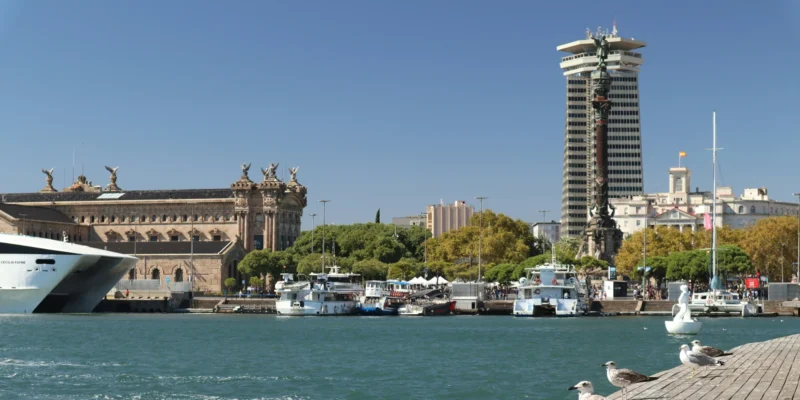Small-Spotted Catshark as a Bioindicator of Marine Pollution
The Mediterranean Is Considered One of the Most Polluted Seas in the World. Tourism, Industry, and Shipping Leave Massive Impacts, Which in This Semi-Enclosed Sea Are Slowly Decomposed. As a Result, Waste and Pollutants, Especially Plastic, Accumulate on Uninhabited Islands Such as Alegranza North of Lanzarote in the Archipiélago Chinijo Nature Reserve.
A Recent Study by the Institut de Ciències del Mar (ICM-CSIC) and the Instituto Español de Oceanografía (IEO-CSIC) Now Shows Alarmingly High Mercury Levels in the Small-Spotted Catshark (Scyliorhinus canicula), a Small Deep-Sea Shark of the Mediterranean and the Cantabrian Coast. With a Length of 40 to 50 Centimeters, Maximum 1 Meter, It Is Considered an Indicator Species. Such Species Show the Risks Their Consumption Poses to Humans, as They Accumulate Pollutants in Their Tissue.
Particularly Large Specimens and Individuals Near the Catalan Coast Showed the Highest Mercury Levels. The Results Confirm Previous Studies: The Mediterranean Is More Polluted Than the Atlantic.
Health Risks and Conservation Measures
Elena Lloret, Postdoctoral Researcher at ICM-CSIC, Warns: “Regular Consumption of Small-Spotted Catshark Could Pose Health Risks, Especially in Regions Where It Is Frequently Eaten.” Depending on the Amount Consumed, Mercury Levels Exceed the Limits Set by Authorities.
Joan Giménez, Researcher at the Centro Oceanográfico de Málaga, Adds That the Small-Spotted Catshark Serves as a Bioindicator for Pollutant Contamination in Deep-Sea Ecosystems. The Pollution Affects Not Only the Animals Themselves but Can Also Be Transferred to Humans Through the Food Chain.
Fishing and Habitat Loss Threaten Species
The Main Threat to Sharks and Rays Is Trawling, Which Not Only Decimates Species but Also Destroys Their Habitats. Biel Morey, Marine Biologist and Co-Founder of Save the Med, Highlights the Severe Consequences of Human Activities, Including Coastal Development, Port Facilities, and Tourism Measures Such as Beach Nourishment.
The Biological Characteristics of Sharks—Low Fertility, Slow Growth, Late Sexual Maturity, and High Longevity—Reduce Their Reproductive Potential. In the Balearic Islands, 50% of Shark and Ray Species Are Already Threatened. Some Species, Such as the Smoothhound (Mustelus mustelus) and the Nursehound (Scyliorhinus stellaris), Show a Concerning Population Trend, with Some Considered Locally Extinct.
Climate Change Intensifies the Threat
Climate Change Is Altering Habitats in the Mediterranean: Warming, Acidification, and Oxygen Depletion Lead to Biogeochemical Changes in the Seas. Raquel Sunyer, Coordinator of the Mar-Balear Report, Points Out That Coastal Residents, Such as the Small-Spotted Catshark and Rays, Are Particularly Sensitive. Open-Sea Species, on the Other Hand, Could Move to Deeper, Cooler Waters.
The Study Authors Therefore Call for Specific Conservation Measures, Such as Releases by Fishers and Inclusion in Management Plans for Natura 2000 Sites, to Stabilize Populations and Preserve Biodiversity.





